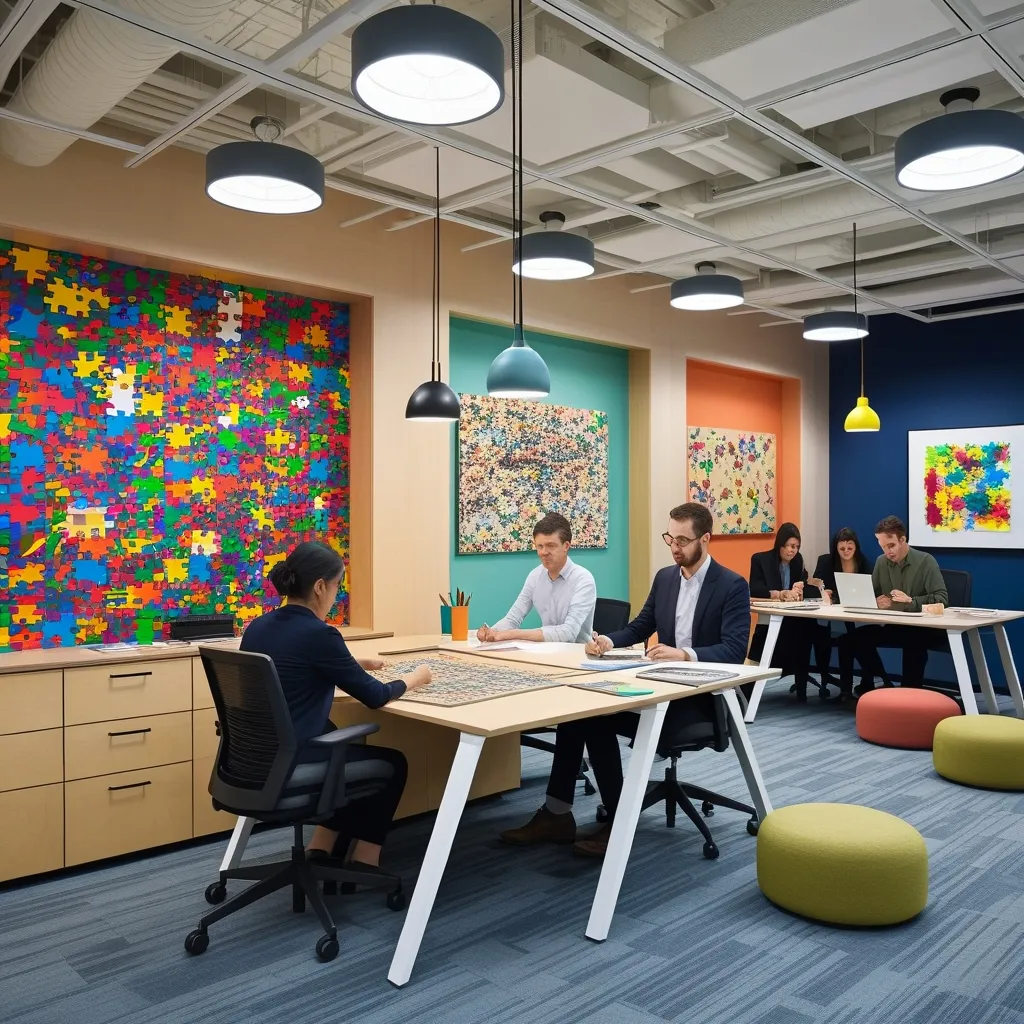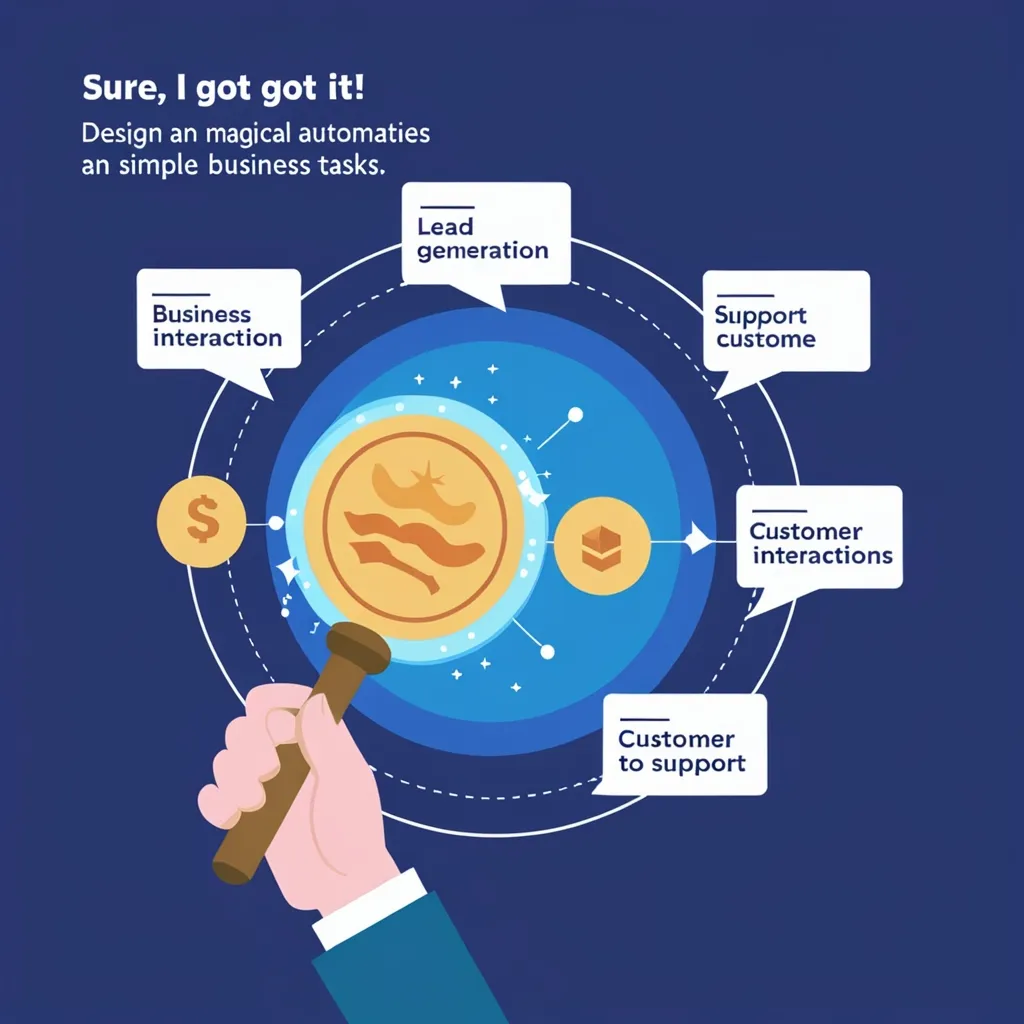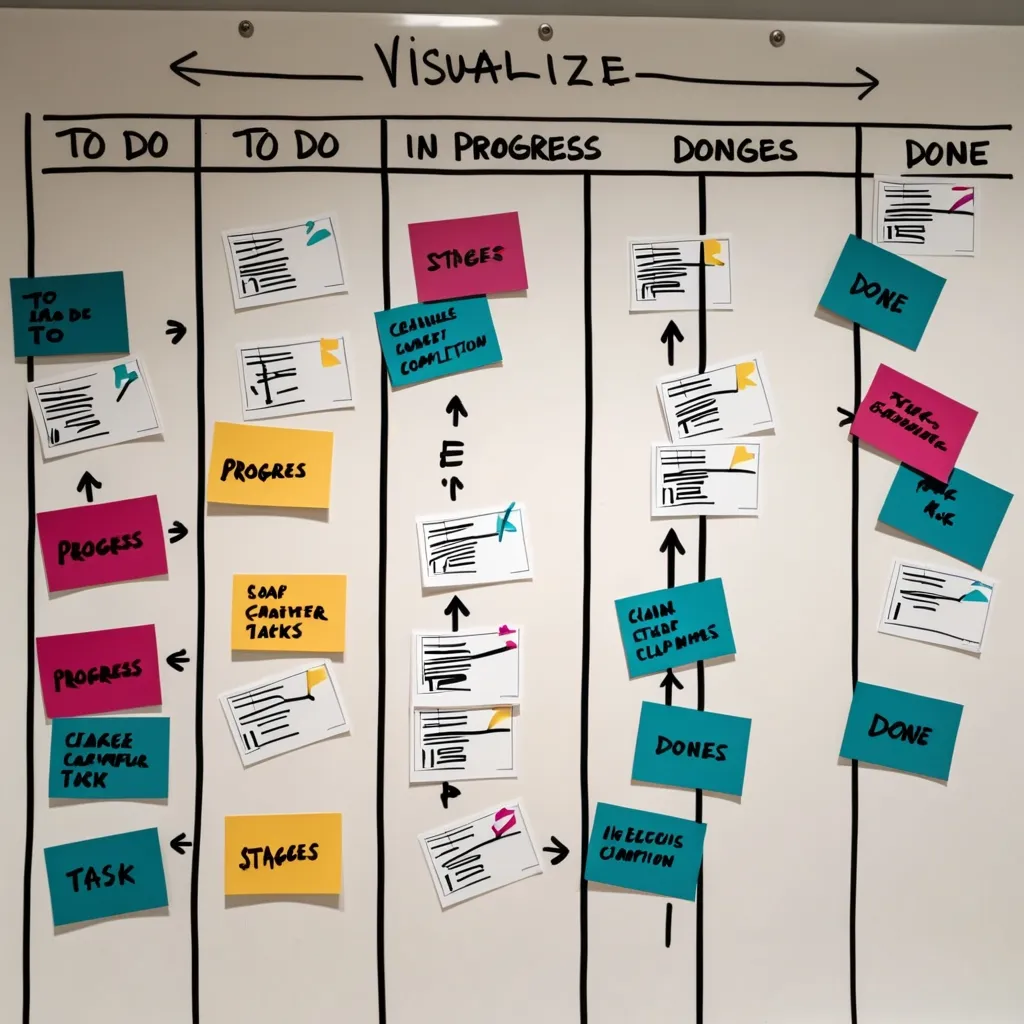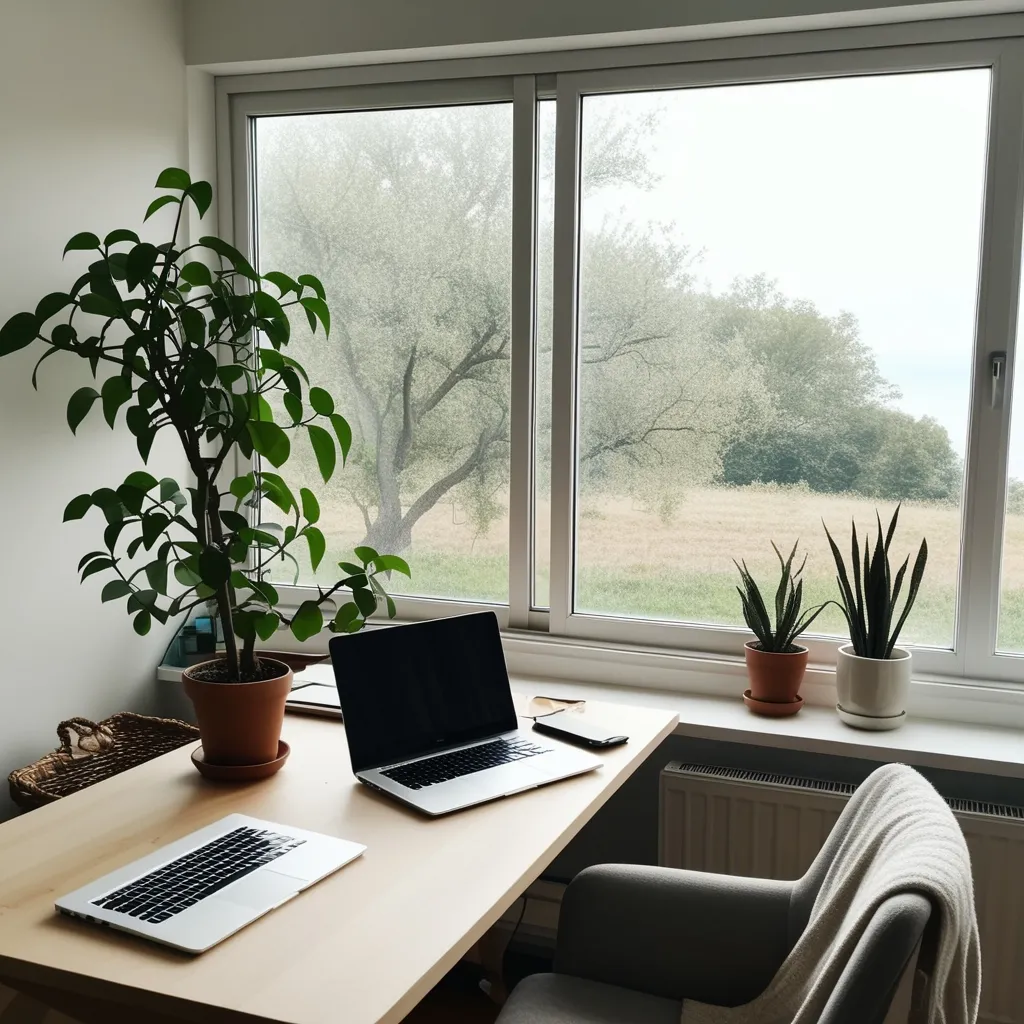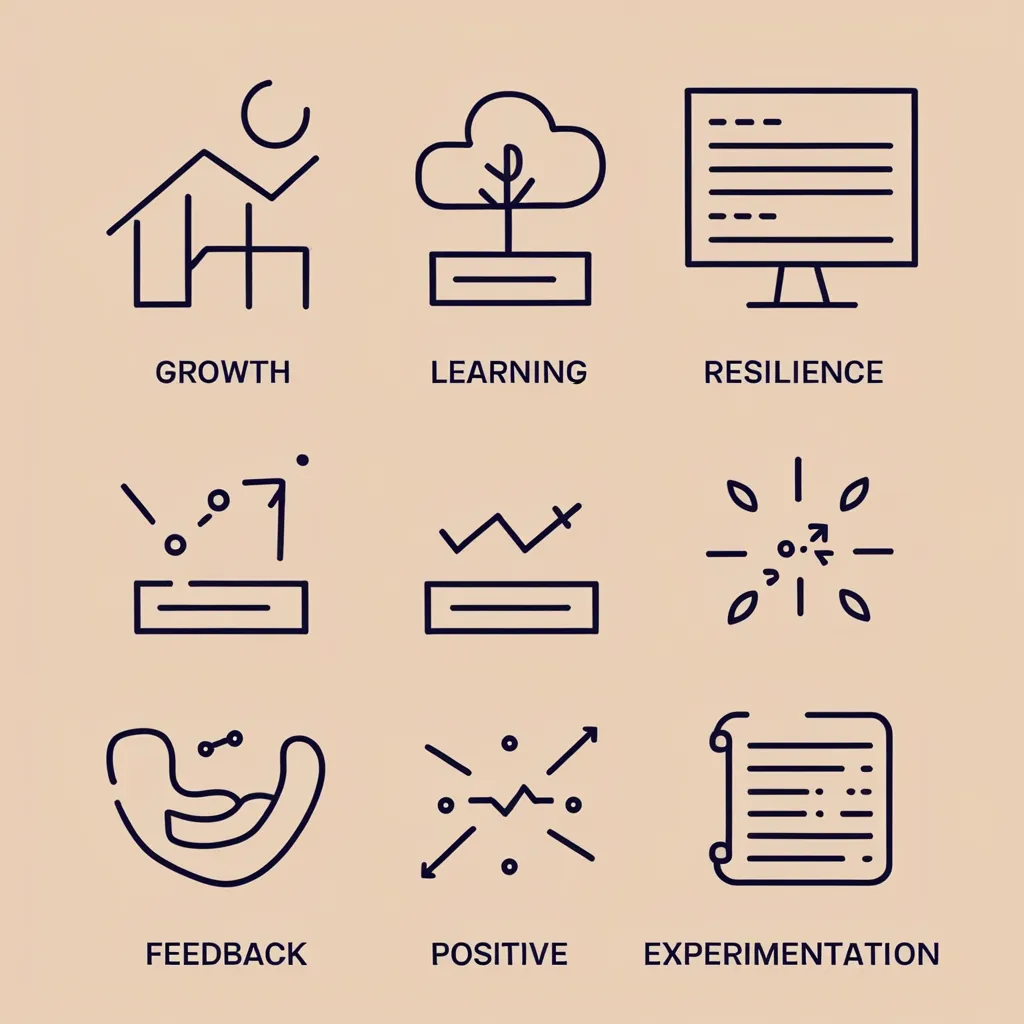In our buzzing world today, the need for creativity and innovative thinking has shot through the roof. The constant pressure to churn out new ideas can wear out even the most imaginative minds, leading to mental fatigue and creative blocks. Enter the magic of creativity breaks. These aren’t about just walking away from your desk for a coffee. They’re smartly designed moves to reboot your brain, fire up your creativity, and crank up your productivity levels.
Research backs the importance of these breaks. When working on creative tasks, our minds can hit a dead end without noticing. Taking regular breaks shifts our brain from focused to diffuse mode, unlocking different areas of cognition, memory, and imagination. This switch-up helps spark fresh ideas and perspectives that were out of reach before.
Now, the trick lies in how and when you take these breaks. Random switch-ups between tasks might work for some, but studies show that planned breaks are more effective. For instance, if you’re juggling a couple of creative problems, making a switch at set intervals is way better than sporadic changes. This structured method lets you tackle each task with a new angle, leading to more inventive solutions.
One cool method to weave in these breaks is the Pomodoro Technique. This technique has you working in 25-minute bursts, each followed by a five-minute break. After four cycles, you take a longer break, around 15 to 30 minutes. The timer helps you stay glued to your task and ensures your brain gets its much-needed breather regularly.
It’s easy to think of daydreaming and resting as time-wasters, but they’re super important for creativity. When your mind wanders during daydreams or mindless tasks, it connects dots you couldn’t have while intensely focused. Many great ideas pop up in the shower or during a walk because these activities free the brain from immediate pressures, letting it explore freely.
Adding creative activities to your breaks can up the benefits. Writing, drawing, or painting stimulate brain areas linked to problem-solving and inventiveness. They offer stress relief and keep the creative juices flowing. Keeping a journal or sketchbook can provide an excellent outlet for your thoughts and a way to clear your head.
Brain-stimulating activities like puzzles, brainteasers, or critical thinking problems also work wonders during breaks. These boost mental agility, improve memory, and lighten the mood, all while lowering stress levels. Having a little puzzle corner in your break room could encourage mentally stimulating breaks.
Creative breaks aren’t just for sparking new ideas; they’re fantastic for physical and mental health too. Regular breaks ease the strain of monotonous tasks, cutting down on physical and mental exhaustion. Even mini-breaks can lift your mood, increase alertness, boost productivity, and lower stress. This can lead to a happier, more loyal work environment.
Getting into hobbies during breaks is another great stress buster. Diving into what you love can inspire new ideas and keep stress at bay. Balancing personal interests with work commitments fosters an efficient and imaginative workspace, where ideas flow more freely.
One common hurdle is getting back to work with the same zest after a break. A helpful trick is to review your goals and progress before you dive back in. Summarizing your main ideas can refresh your memory. Writing down any new insights discovered during your break can be handy. Starting with a small or simple task can help regain your focus and confidence. Rewarding yourself after completing tasks can keep you motivated.
To make sure these breaks do the trick, track your time and output before and after them. Evaluate the freshness, relevance, and feasibility of your ideas. Feedback from others can provide valuable insights into your creative problem-solving. Reflecting on your experiences and feelings can help gauge how breaks affect your mood, energy, and satisfaction levels.
Incorporating creativity breaks into your daily schedule is an easy yet powerful strategy to boost creative thinking, productivity, and overall well-being. By planning regular breaks, indulging in creative activities, and promoting brain-stimulating tasks, you can create a work environment brimming with innovation and creativity. Remember, breaks aren’t a sign of laziness; they’re a smart tactic to recharge your brain and tackle tasks with renewed energy and creativity.
